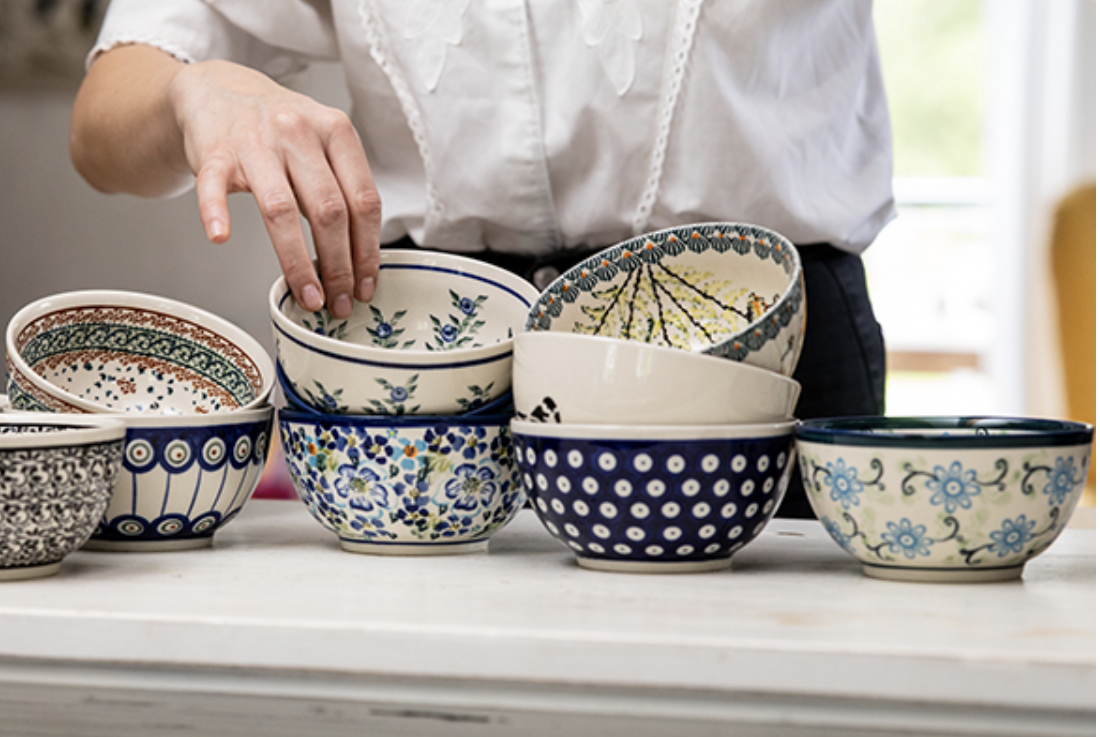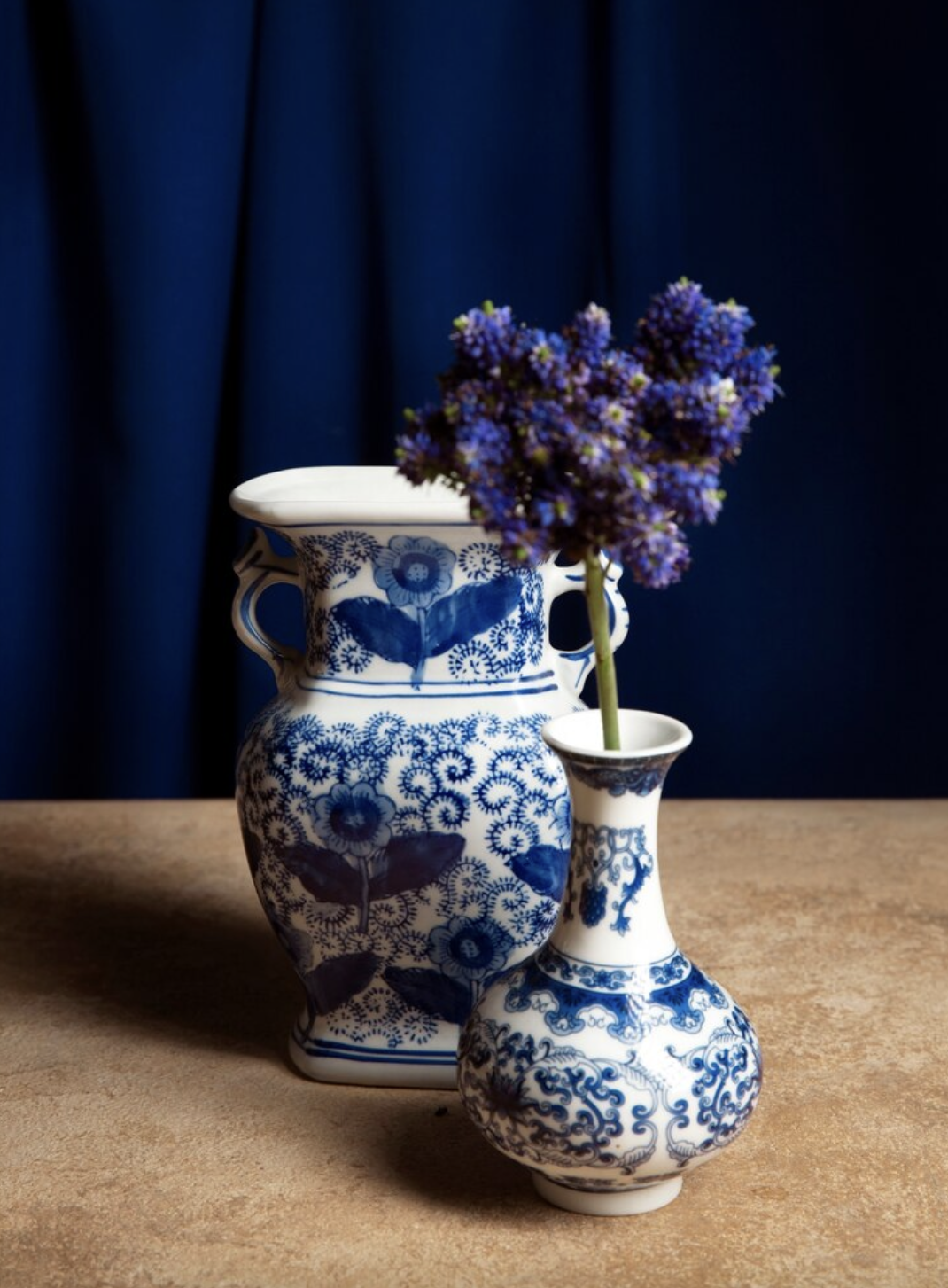How to Start Collecting Antique Pottery: A Beginner’s Guide
Thinking about collecting antique pottery? You're in for a treat!
This guide will explore the ins and outs of starting your very own collection. From identifying authentic pieces to understanding market trends, we’ve got you covered.
Don’t worry; collecting antique pottery isn’t rocket science, but it does require a keen eye and some basic knowledge.
One of the fascinating types you might come across is traditional Polish pottery. These pieces are not only beautiful but also have rich histories. Keep reading to learn more about becoming a savvy collector.
Recognizing Signature Styles and Designs
Antique pottery comes in various styles, each with unique characteristics. For beginners, it helps to familiarize yourself with these styles.
Look at where and when they were made. Research renowned pottery styles from different eras or regions. You'll see common motifs and techniques used by acclaimed artisans.
For instance, Ming Dynasty vases often feature intricate blue and white designs. On the other hand, traditional Polish pottery captivates with its vibrant patterns and durable quality.
Learning to recognize these signature styles will help you quickly identify valuable pieces.
Historical Significance: Beyond Just Pretty Vases
When it comes to collecting, the story behind each piece often adds value.
A vase from ancient Greece isn’t just old. It also represents a slice of history that transports you back in time. Understand the significance of pottery in different cultures. You’ll find that each piece tells a unique story—whether it’s ancient Chinese porcelain or traditional Polish pottery.
By appreciating the history, you can converse more intelligently about your collection. You’ll also feel an emotional connection to your pieces, making collecting even more rewarding.
Knowing What to Look For Spotting Real Gems
The condition of a piece plays a huge role in its value.
Cracks, chips, or repairs can significantly diminish worth. Therefore, inspect items closely before buying them. Use a magnifying glass if needed to check for imperfections.
Quality craftsmanship is another critical factor.
Well-made pottery usually has clean lines, balanced proportions, and detailed features. Compare the item in question to high-quality examples you’ve seen in books or museums. The more familiar you get, the easier it will be to spot well-crafted pieces.
Identifying Authentic Pieces Over Fakes
The antique market is riddled with reproductions and fakes. Especially as a beginner, identifying genuine pieces can be tricky. Always do your homework. Know what marks or signatures you should expect on the type of items you're interested in.
Reputable sellers often provide certificates of authenticity for higher-priced items, so don’t shy away from asking for one. Familiarize yourself with common materials used during different eras as well. This will help distinguish original artifacts from modern-day replicas.
Setting a Budget: How Much Should You Spend?
Collectors often get swept up in excitement and overspend initially. Setting a clear budget can save you from future regrets.
Determine how much you’re willing to invest upfront.
Based on this figure, decide if you want to focus on many low-cost items or fewer high-value pieces.
Remember, start small. It’s better to gain confidence through smaller purchases as you sharpen your skills and expand your knowledge base.
Finding Reliable Sellers: Where to Buy
Auctions are a popular choice for seasoned collectors, but online marketplaces like eBay also offer good finds—for both experienced collectors and beginners.
Antique shops and flea markets can be hit-or-miss but are always worth visiting if only for experience. Networking within collector communities online or in person can lead you to trusted sellers as well.
Documenting Your Collection
Maintaining records of what you’ve bought is crucial for any serious collector.
Take photos of new acquisitions, note their history, and keep track of where and when you bought them. Apps and digital platforms can make this process easier while ensuring all information is neatly organized.
Proper documentation not only helps manage your collection efficiently but also increases its value should you decide to sell items in the future.








